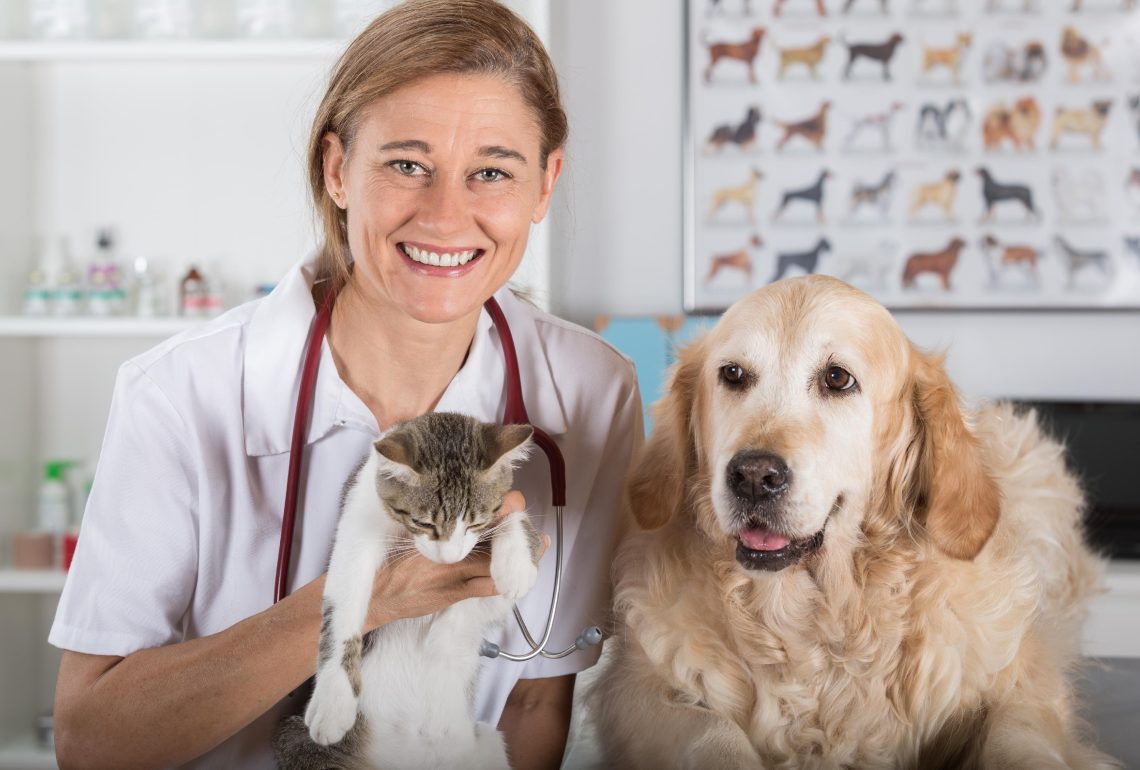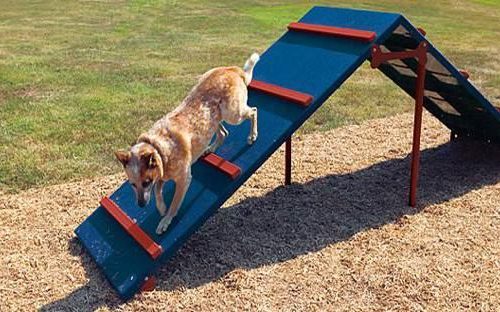
Pawsitive Change: A Guide to Your Pet’s Healthier Diet
Introduction
In a world where health adn wellness dominate conversations about our own diets, it’s time to turn the spotlight onto our four-legged companions. Just like us, pets thrive on the right balance of nutrition, and what goes into their bowls can have a profound impact on their overall well-being. “Pawsitive Change: A Guide to Your Pet’s Healthier Diet” invites you to embark on a journey toward enhancing your pet’s health through mindful eating choices. Whether you’re a seasoned pet parent or welcoming a furry friend into your home for the first time, this guide will equip you with the knowledge and tools to make informed decisions about your pet’s nutrition. from understanding the essentials of pet food labeling to exploring healthy homemade meal options, prepare to discover the transformative power of a well-rounded diet.Let’s unlock the happiness that comes with healthier eating—because when our pets feel good, we feel good too.
Table of Contents
- Choosing the Right Ingredients: Understanding Pet Nutrition Labels
- Balancing the bowl: Essential Nutrients for Optimal Health
- Homemade Delights: Simple Recipes for Nutritional Boosts
- Transitioning with Care: Tips for Shifting Your Pet’s Diet Smoothly
- Key Takeaways

Choosing the Right Ingredients: Understanding Pet Nutrition Labels
Understanding pet nutrition labels is essential for any pet owner committed to enhancing their furry friend’s well-being.When selecting food, begin by scrutinizing the ingredient list. Ingredients are listed in descending order by weight, making it vital to identify which components make up the bulk of the diet. Look for quality proteins like chicken, beef, or fish as the primary ingredient, as these ensure your pet receives the necessary amino acids for their overall health. be wary of vague terms like “meat by-products,” as they often indicate lower-quality proteins.
Additionally, keep an eye on the presence of whole grains and vegetables that provide crucial fiber and nutrients. Ingredients such as brown rice, sweet potatoes, and peas are excellent choices. It’s also essential to avoid foods laden with artificial additives,preservatives,and excess fillers like corn or soy. To simplify your ingredient scouting, keep in mind these key components to prioritize or avoid:
- Prioritize: Real meats, whole grains, fresh vegetables
- Avoid: Artificial colors, flavors, and low-quality fillers
- Watch out for: Unspecified meat sources and high sugar content

Balancing the Bowl: essential Nutrients for Optimal Health
A well-balanced diet is crucial for your pet’s well-being, blending essential nutrients to fuel their vitality. Key components include:
- Proteins: Basic for muscle progress and repair, they support overall health.Incorporate lean meats, fish, or plant-based proteins.
- Carbohydrates: A vital energy source, they can be found in grains and vegetables to keep your pet active.
- Fats: necessary for healthy skin and a shiny coat, healthy fats can be sourced from fish oil or flaxseed.
- Vitamins and Minerals: Vital for various bodily functions, ensure a range of fruits and veggies are included in their meals.
Understanding how to appropriately balance these nutrients can significantly effect your pet’s longevity and quality of life. Consider creating a basic reference table such as:
| Nutrient | Function | Sources |
|---|---|---|
| Protein | Builds and repairs tissues | Chicken, Beef, Fish |
| Carbohydrates | Provides energy | Rice, Potatoes, Oats |
| Fats | Supports brain function | Fish Oil, Flaxseed |
| Vitamins & Minerals | Boosts immune health | Fruits, Leafy Greens |

Homemade Delights: Simple Recipes for Nutritional Boosts
Transforming your pet’s diet can be as simple as incorporating homemade delights packed with nutrients. By preparing meals from scratch, you control the quality of ingredients, ensuring your furry friend receives what they truly need. Here are some easy recipes to get started:
- Chicken & Veggie Stew:
Simmer diced chicken, carrots, peas, and sweet potatoes in low-sodium chicken broth. - Salmon & Quinoa Bowl:
Cook quinoa and mix it with flaked salmon, spinach, and a drizzle of olive oil. - Pumpkin & Peanut Butter Treats:
Combine pumpkin puree and natural peanut butter for a tasty snack—just don’t include xylitol!
Feeding your pet can also be a rewarding experience for you! Not only can these meals provide essential nutrients, but they can also enhance the bond between you and your furry companion. Here’s a speedy comparison of store-bought versus homemade meals:
| Factor | Store-Bought Meals | Homemade Meals |
|---|---|---|
| Ingredient Quality | Varies widely | Can be tailored to preference |
| Cost | Sometimes expensive | Economical with bulk purchases |
| control over Allergens | Limited | Full control |

Transitioning with Care: Tips for Shifting Your Pet’s diet Smoothly
When it comes to changing your pet’s diet, a gradual approach is essential for a successful transition. To avoid gastrointestinal upset, start by mixing the new food with the existing one.The key is to do this in stages. Here’s a simple plan to follow:
- Days 1-3: 25% new food mixed with 75% old food
- Days 4-6: 50% new food mixed with 50% old food
- days 7-9: 75% new food mixed with 25% old food
- Day 10 and beyond: 100% new food
Throughout this transition, observe your pet closely for signs of discomfort, such as vomiting or diarrhea.Each animal is unique, and some may require a longer adjustment period than others. Additionally,keep in mind that hydration is critical during this time. Offer fresh water frequently and consider incorporating wet food for added moisture.Here’s a quick reference table for hydration tips:
| Tip | Description |
|---|---|
| Fresh Water | Always have clean, fresh water available. |
| Wet Food | Mix wet food with dry to boost hydration. |
| Check Bowls | Regularly check and refill water bowls as needed. |
Key Takeaways
As we conclude our journey through the essentials of shaping a healthier diet for your beloved pet, remember that each furry companion is unique, deserving of a nutrition plan tailored specifically to their needs. Embracing the principles shared in “Pawsitive Change” can pave the way for vibrant energy,longevity,and an enriched bond between you and your pet. Whether it’s swapping kibble for fresh ingredients, introducing new, wholesome treats, or simply being more mindful of portion sizes, every small change contributes to a significant impact on your pet’s overall well-being. Let this guide serve as a companion in your quest for a happier, healthier life for your four-legged friend. After all, when it comes to nutrition, every pawstep counts in the pursuit of the ultimate tail-wagging happiness.





